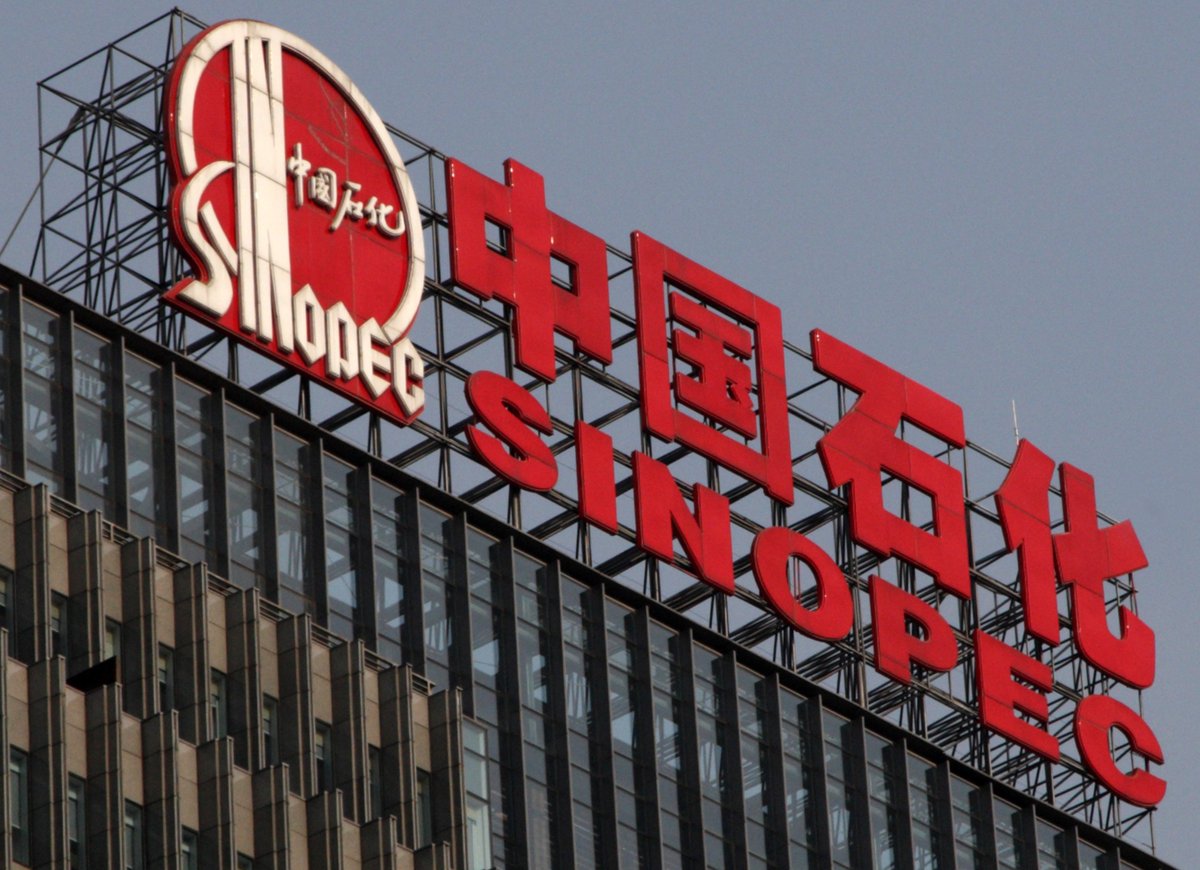Vibro Equalizer®
The ISS method uses a cableless system that continuously records seismic vibrations.

Functional objectives of the program – Ensure the technical capability of seismic surveys using Adaptive Vibratory Survey Technology (AVISeis®). The program calculates the amplitude-frequency response of a shaken seismic signal based on the recorded response of the seismic geological environment and reliably transfers the calculated amplitude-frequency characteristics to the control unit GDS® for further signal shaking.
The Vibro Equalizer® program includes tools for convenient and rapid visualization of recorded seismic waveforms and many important characteristics, allowing full control directly over the ongoing process of performing work with AVISeis technology. The developed software has been adapted to various hardware systems for recording seismic data. In particular, as part of experimental and methodological studies, the program has been successfully linked to the seismic stations «Sercel 408/428» (France) and «Progress-T2/T3» ( «SKB SP», Saratov, Russia)
The general scheme of operation of AVISeis® technology is shown here.
The work cycle of the Vibro Equalizer® program consists of the following steps.
- Registration of the response of the seismic-geological environment. The program reads a seismogram obtained by exciting a linear sweep signal. This seismogram is for adjustment purposes. It is understood that this record characterizes the filtration characteristics of the seismic geological environment, especially the upper part of the correction section, which is mainly directed to the AVISeis technology.
- Calculation of the amplitude-frequency characteristics of environment. The selection and calculation of the amplitude spectrum of the record in the window is performed by a geophysicist based on the recorded seismogram. The calculated amplitude spectrum can be regarded as the frequency response of the geological environment, on the basis of which the compensation filter should be calculated.
- Calculation of the compensating filter. Based on the calculated medium characteristics, the Vibro Equalizer® program calculates the corrected amplitude-frequency response using the inverse filter principle. One of the challenges of the AVISeis technology is to ensure a uniform distribution of the recorded signal energy over the entire range of excitation frequencies, and a solution to this problem is provided by calculating the required characteristics of the excitation signal. A solution is provided by calculating the required characteristics of the shaken seismic signal.
- Transfer of a calculated characteristic of the signal to the control unit of the seismic vibrator GDS®. The final stage of the program work cycle is the transmission of the calculated signal amplitude-frequency characteristics to the control unit of the seismic vibrator GDS® on the local network. In the electronic unit, the resulting spectral coefficients are converted into swept signals in the form of amplitude-temporal deposits, which are further transmitted to the driving block to perform the excitation of the seismic signal.
The Vibro Equalizer® program interface is easy to use and can perform the following tasks:
- visualization of recorded seismograms before and after signal adaptation
- spectra of swips and registered seismograms in the window
- coefficients
↑ Top





